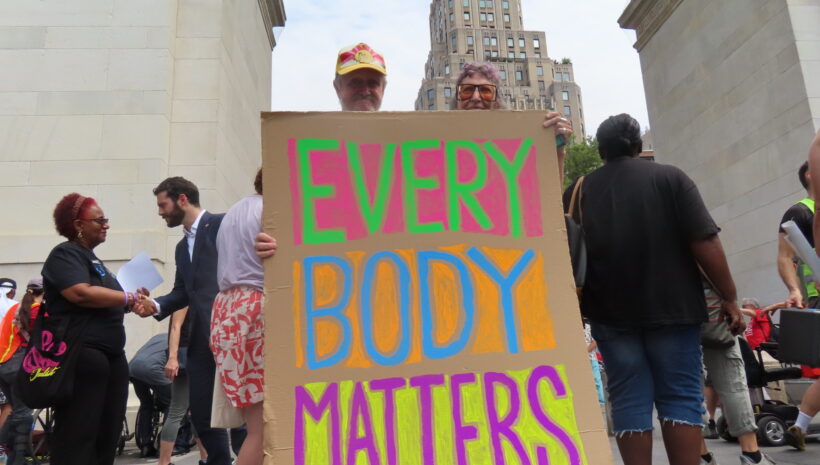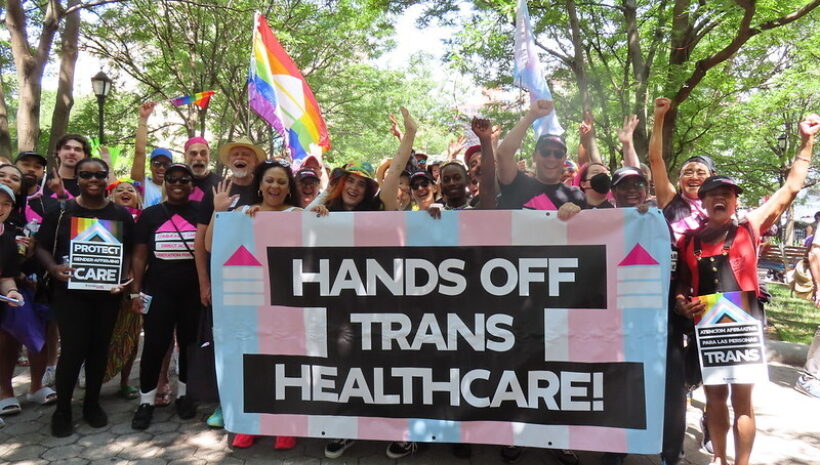As the city faces an increasing homeless population the size of a small city—50,000 and counting—it appears that the city’s ever-present phantom of gentrification may also play an integral, if not fuzzy, part in the equation.
Brooklyn’s Bedford-Stuyvesant neighborhood, for example, has been ranked as one of the city’s “top five communities sending families into the shelter system, representing approximately 5 percent of all family shelter entrants.” Yet at the same time, the neighborhood is also experiencing a huge upsurge in pricey real estate sales, as a 19th century townhouse sold for more than $2 million, supposedly marking the neighborhood’s most expensive sale in history.
These recent sales mark what many locals have been saying for years—that Bed-Sty is the next hot-bed of gentrification. As the New York Times reported, “Between 2005 and 2010, the median rent, adjusted for inflation, swelled in Bedford-Stuyvesant and Brownsville by more than 22 percent,” which has made it hard for many long-time residents to stay in the neighborhood, especially when landlords and developers realize that they can get new residents in that are willing to pay triple or more, than the families that have been living in the area for years.
Many locals have reported leaving the neighborhood for less expensive Brownsville, which has resulted in what many consider the poor battling the poor for affordable housing. In other words, what we’re finding now is that families are fighting for housing in order to stay out of the emergency shelter system.
While the recent news reports are unwilling to make a direct link between gentrification and the lack of affordable housing for many poor families—perhaps because their own readership is classified as middle-to-upper class—it is clear that there are fewer and fewer units for the city’s most vulnerable families.
Follow the Update blog on Twitter @housingworks.




